
Fossorial and subfossorial animals are those that live underground, digging tunnels and burrows. Some of them are completely subterranean, while others come up to the surface for some hours of the day.
There are many types of fossorial animals, from mammals to invertebrates, as well as other organisms such as fungi and bacteria, but they have all evolved particular characteristics that allow them to feel safe and comfortable underground. Underground ecosystems are diverse, balanced, and much more active than you may think.
Do you want to learn more about fossorial animals? Are you fascinated by the dark, damp world you never get to see? Do you want to discover what animals live underground? Stay with us at AnimalWised and discover all about them!
Moles
If we carried out an experiment in which a bulldozer competed with a mole in digging and we took their strength and skills in proportion, the winner would be the mole. Moles are among the best diggers in the world, and they're experts at opening long tunnels below the earth.
"Mole" is a generic term to refer to members of the Talpidae family; however, other talpid species have similar structures and are often referred to as moles, like the golden moles (Chrysochloridae) and the marsupial moles (Notoryctidae).
In general, moles are characterized by their diminutive eye size when compared to their body - which makes sense, as they do not need sight to live at ease in their dark environment. However, most moles can see to a certain degree. They have stocky bodies, dark dense fur and extra thumbs, and they have evolved a variety of hemoglobin in their blood that allows them to breathe in more carbon dioxide than other species.
Moles can be found almost all over the Northern Hemisphere. They are carnivorous - more specifically insectivorous, as they feed on fossorial invertebrates such as earthworms, snails and larvae. There are 50 species of true moles. They are considered among the most solitary animals in the world.
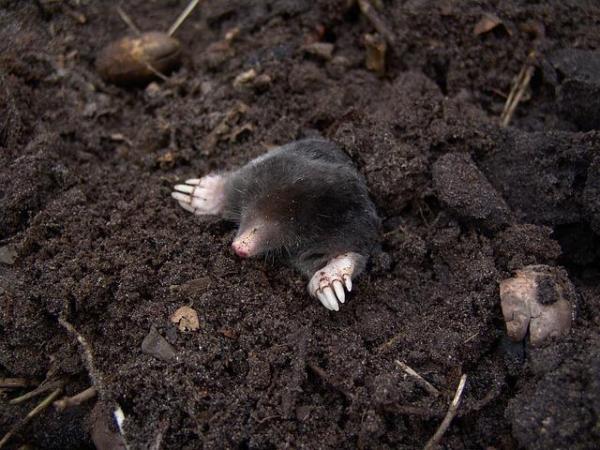
Slugs
"Slug" is also a generic name, as it refers to any terrestrial gastropod mollusc without a shell. There are different orders and families of slugs, with thousands of species; however, they have some features in common, such as the shape of their body, their consistency and their grayish brown coloring.
Slugs only come out at night and for a short time. In the dry season they take shelter almost 24 hours a day in the undergrowth, waiting for the rains to come. Slugs are slippery and slimy creatures and they are related to snails: they are invertebrate animals.
Check out our article on examples of vertebrate and invertebrate animals.
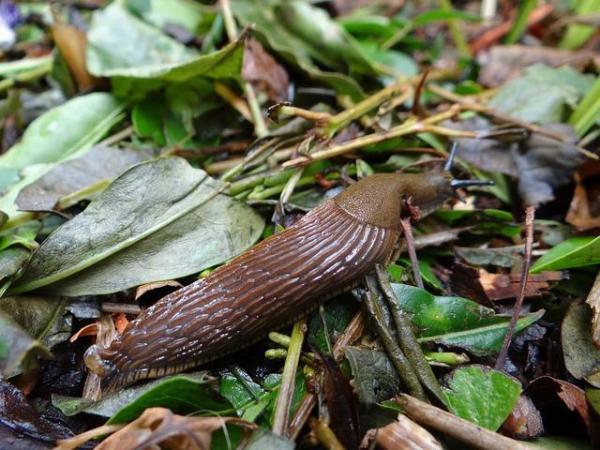
Camel spider
Camel spiders, also called wind scorpions and sun spiders, belong to the Solifugae order. They get their most common name from the elongated shape of their eight legs, which are very similar to the legs of a camel.
Camel spiders can measure up to 15 cm (6 in) in length, and they are agile runners that can reach 15 km/h (9.5 mi/h). They are somewhat aggressive, and although their venom is not fatal, their sting can be very unpleasant. Camel spiders are fossorial animals that live underground, spending their time under rocks and holes in dry habitats such as savannas, steppes and deserts.
Here you will find out whether there are venomous spiders in the UK and discover the 10 most venomous animals in the world.
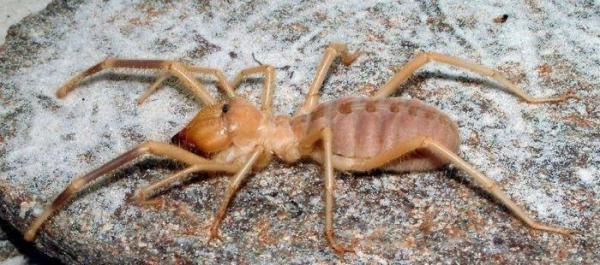
Scorpions
Although some of them are considered the most deadly animals in the world, there is no denying that scorpions have a very eccentric beauty to them. These fossorial arachnids are true survivors, as they have existed for hundreds of millions of years.
Scorpions can inhabit the world's most extreme ecosystems. They are present in almost every country, from the Brazilian jungle to the Himalayas, and they have the ability tobury themselves in frozen ground or in thick grass. They spend the warmest hours of the day underground and come out at night to feed. In fact, they are photophobic: they hide from light as far as possible.
Although some people have scorpions as pets, the fact is that we must be careful if we manipulate one. Some scorpions are protected species, so checking its origin is essential. Here you can learn more about the native animals of the Thar Desert and the most dangerous animals in California.
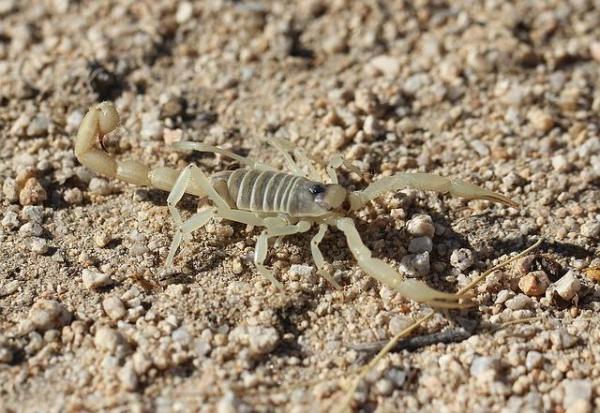
Bats
Bats are special creatures, because they are the only mammals that can fly. They belong to the Chiroptera order, and there are more than a thousand species spread almost all over the world.
Bats are not fossorial, in the sense that they do not dig underground. However, they do live in underground spaces such as caves below the surface of the earth, as well as in cracks and crevices in rocks and trees. Bats move with the help of a bio sonar and echolocation. Here you can learn whether bats are dangerous to humans or pets.
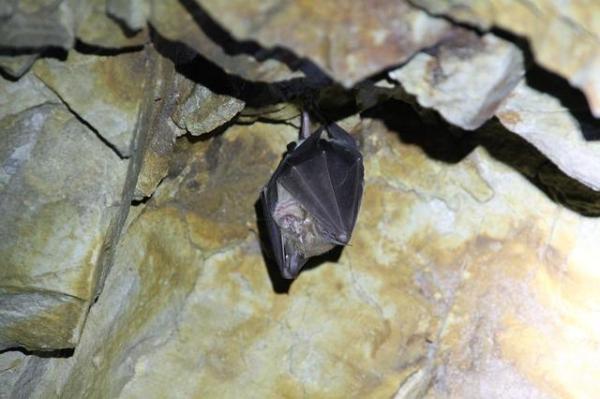
Ants
When you ask yourself what are underground animals, it's likely that the first thing you answered was "ants". There are more than 20,000 species of ants within the Formicidae family, and they are known for being experts in underground architecture, to the point of digging complex colonies. Ants are arthropods, and therefore they are not vertebrates.
No matter where you are, it's quite likely that you have ants near - the only exceptions are a handful of remote islands and Antarctica! Beneath your feet there are millions of ants working to survive and maintain their species. They have complex societies, and they can act like real armies! One ant species, the ant from Mars, is though to be one of the most ancient species in the world.

Pink fairy armadillo
The pink fairy armadillo (Chlamyphorus truncatus) is one of the rarest mammals in the world - and one of the cutest. It is the smallest armadillo species, at 7 to 10 cm (2.75 to 4 in) long, which means one would fit in your hand.
Although they look fragile, pink fairy armadillos are relatively strong, protected by a dorsal shell. They are nocturnal, solitary fossorial animals that spend most of their time digging underground, where they show quite a lot of agility. The pink fairy armadillo is endemic to South America, specifically to the central region of Argentina.
Can you have an armadillo as a pet? Here you will find out.

Now that you know what animals live underground, don't miss the following articles about the animal kingdom:
- What are the most common types of seashells?
- How and why do deer shed their antlers?
If you want to read similar articles to Fossorial Animals: What Animals Live Underground?, we recommend you visit our Facts about the animal kingdom category.